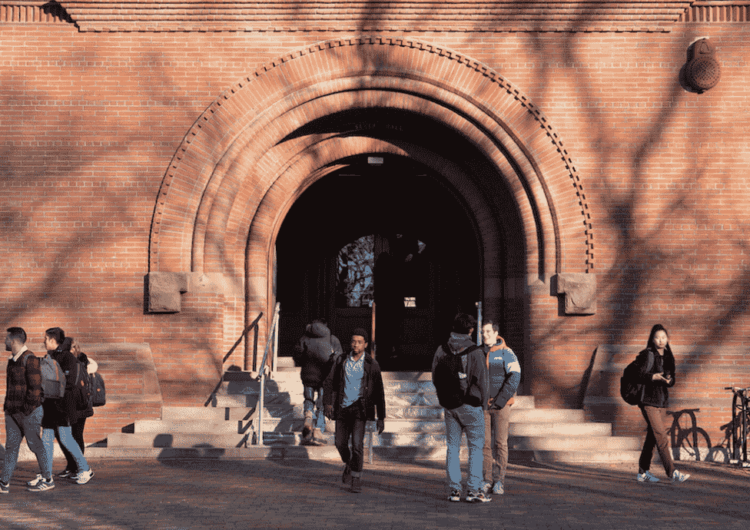For the first time in forever its 387-year history, Harvard University will finally offer a course in Tagalog (the fourth most spoken language in the United States, mind you) starting next academic year. As expected, the collective initial reaction of most Filipinos was a mix of elation and curiosity—which is understandable because duh, finally.
But as the excitement dies down and our rational minds take over, we can’t help but wonder: What exactly does this mean for the Filipino, Filipino-American, and even Southeast Asian students at Harvard? Is it actually worth celebrating, all things considered?
Hiring preceptors to teach Tagalog (plus Bahasa Indonesian and Thai) in a prestigious institution such as Harvard is undeniably a significant—albeit long overdue—step towards linguistic diversity and inclusion.
Considering that many Fil-Ams feel inevitably disconnected from their culture and heritage due to a lack of opportunities to learn them in Western schools, Harvard’s decision to offer these courses can help foster a stronger sense of identity and community among students. It could also lead to greater diversity and representation within the student body and create a more inclusive campus culture.
Harvard Asia Center executive director Elizabeth Liao even said in a statement that she is “very excited and hopeful” that this recent academic development will be a “game-changer” for Southeast Asian studies at the university. East Asian Languages and Civilizations professor James Robson also expressed his hopes to see the demand for these courses and eventually “convince the administration to further support Southeast Asian studies generally and language instruction in particular.”
Now, let’s address the elephant in the room, which everyone seems to turn a blind eye to. Despite Filipinos being one of the largest immigrant groups in the U.S. and Filipino/Fil-Am communities actively advocating for the inclusion of Tagalog courses for years, why did it take this long for Harvard to finally offer them?
In an opinion-editorial piece published in the university’s official student newspaper The Harvard Crimson, Fil-Am editorial chair (and Harvard Philippine Forum co-president) Eleanor Wikstrom claimed that this lack of attention to Tagalog is a result of systematic ignorance and a “decontextualized false belief” that Tagalog lacks importance since most Filipinos already speak fluent English. She further proved her point by highlighting the university’s contribution to the implementation and perpetuation of a mandatory English-only instruction system in the country—a move that has led to what she considered “internalized racism” or “colonial mentality.”
“For over 120 years, Harvard has perpetuated the same brand of ideological ignorance in the academic setting both at home and abroad, its manufactured silence spanning the Pacific, its halls reverberating outwards with deafening white noise,” wrote Wikstrom.
While she acknowledged that the inclusion of a Tagalog course is a necessary first step and that she’s “undeniably elated” by the news, she remained firm about one thing: “I refuse to celebrate Harvard for a legacy it has yet to remake.”
“Instead, I celebrate those who made this current moment possible—those who have been gradually drowning out Harvard’s systematic white noise by speaking alternate tongues of resistance all along. […] And most of all, I celebrate the preceptor and students who, in the coming months and years, will give new voice to once-muted words,” she concluded.
Read more:
PSA: Harvard University is offering 90+ free online courses for you
PH’s first-ever minor program in alternative learning will soon be offered at UP
A class called ‘All Too Well (10 Week Version)’ now exists
Photo from Harvard University’s official website

























Comments